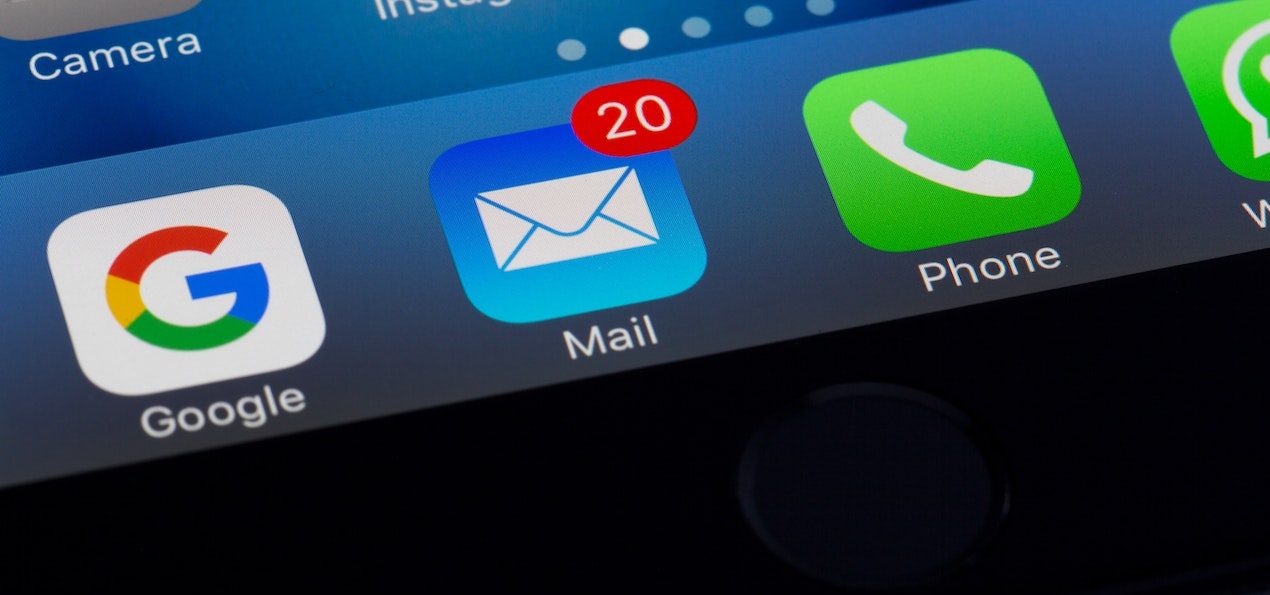You’ve spent hours – maybe days – making sure every word in your email or intranet post is perfect. You know that the content is exactly what’s needed; your readers will laugh, cry and throw flower petals at your words.
Then you spend 30 seconds thinking about a headline, slap that bad boy on and hope for the best.
You’ve just sabotaged yourself.
Headlines are the most critical part of your writing, whether it’s an internal memo or a story that lives on your brand journalism page. In many cases, your headline (and perhaps a photo) are the only clues a prospective reader will have about the subject of your content – and whether it’s worth reading. Think of it as a book cover: if it isn’t interesting and appealing, your audience will move on to one of the billions of other options they have available to read.
Make your hard work pay off by attracting as many readers as possible. These tips will help.
1. Emphasize what’s in it for the reader
It’s easy to get wrapped up in what you’re trying to achieve with a piece and how it fits into your overall internal comms strategies. That’s just human nature. But with every piece of content you create, you need to take a deep breath, step back and ask why your reader would be interested in this.
Sometimes that’s easy if a piece has to do with something in their interests, like information on benefits or an announcement of an extra day of PTO. But other headlines require more tinkering to figure out why someone would take time out of their day to read a piece. Here are some possible benefits to readers to keep in mind:
- It’s interesting. This can apply for a feature or a history piece.
- It’ll help them do their job better. Make it clear how a piece of information will apply to their work.
- It’s something they need to know. This could be a rule change or a new safety regulation.
- It’ll improve their well-being. These might be tips for reducing stress or improving work-life balance.
Once you’ve figured out why, it’s time to start thinking of how to communicate that to the reader in just a short sentence.
2. Jot down a headline before you start writing
You have an idea of what you’re writing about before you put fingers to keys, of course. But while you’re writing, you should always keep in mind that you’re creating a piece for the reader. Having a headline in mind and written big at the top of your document helps you remember why you’re doing this and what you’re working toward.
This headline will probably change as you write your piece. That’s OK! Your headline shouldn’t be set in stone. This is just an exercise to help you keep your eye on the target and your mind on your reader.
3. Ask if you’d click it
This is a simple gut-check exercise. Look at the headline you’ve just drafted. Would you take time out of your busy day to click it?
This isn’t a sure-fire strategy; sometimes you aren’t the target audience. A communications person relating to engineers or other technical pros can sometimes be tough with the left-brain, right-brain divide. That’s OK. But often just being honest with yourself about how interesting a piece is can help steer you in the right direction.
Now, not all of these rules are going to make sense for every headline you write. Don’t slavishly adhere to them. But see if there are times when they can fit what you’re working toward. You might be surprised at the difference.
Make sure you measure your results so you know what works and what doesn’t for your audience. But don’t be surprised if a little extra time spent with headline results in more folks reading your messages.
If you’re looking to improve your marketing strategy, contact us today.
______
ITAC is the NYC chapter of the Manufacturing Extension Partnership (MEP) network, affiliated with the National Institute of Standards and Technology (NIST). These non-profit organizations deliver technical, consulting, and workforce development services to small and medium-sized businesses in the manufacturing community.
The insight for this article originated from NIST MEP.






